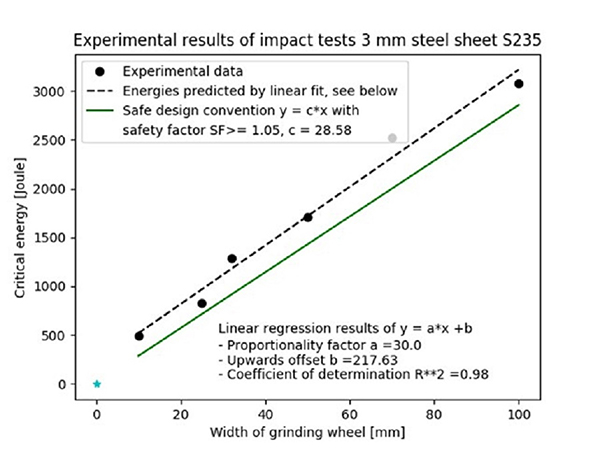Guards on grinding machines are particularly important for ensuring operator safety. Grinding wheels seldom burst, but when they do, there is a great risk of serious injury to the machine operator. Recent studies suggest, however, that the enclosures commonly used in gear grinding machines, for example, could be over-designed.

Investigations conducted by the VDW (German Machine Tool Builders’ Association) and the Institute of Machine Tools and Factory Management (IWF) at TU Berlin, reveal that it is possible to use safety guards which are up to 70% thinner, depending on the width of the grinding wheel. These findings are now leading to changes in ISO standardisation.
The minimum wall thicknesses for safety guards are specified in ISO 16089. For example, there is a directly proportionate link between the requirements concerning primary protective covers for gear grinding machines and those for the full enclosures located further away. The reason is that no specific safety precautions were initially specified for the safety guards of gear grinding machines as they were not explicitly included in the preceding standard, EN 13218. However, this proportionate scaling has been repeatedly questioned, including by the JMTBA, as it results in overdesigned polycarbonate safety guards and screens.
“Our burst and impact tests showed that the thickness of the enclosure wall can be reduced by up to 70%, depending on the width of the grinding wheel,” explains Simon Thom, group leader for machine tool technology at IWF (TU Berlin). “This is very good news for the machine tool manufacturers, who are keen to avoid excess weight in their machines. Reducing the thickness of a sheet steel housing by half a millimetre, for example, will save 4 kg/m2 in weight.”
For further information www.vdw.de















